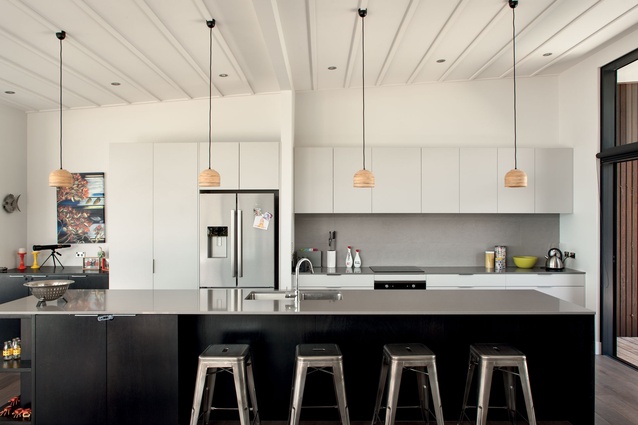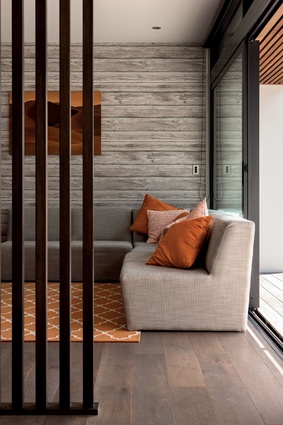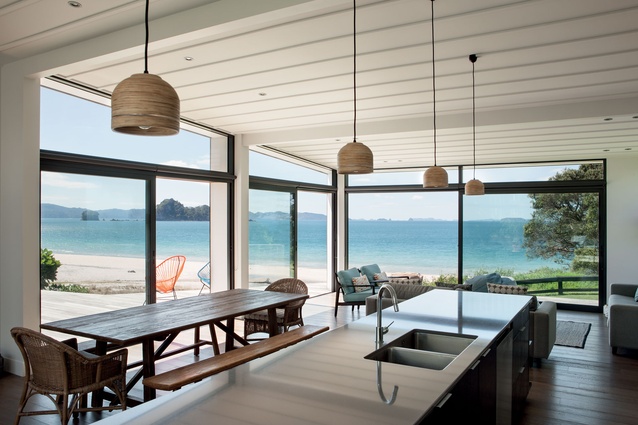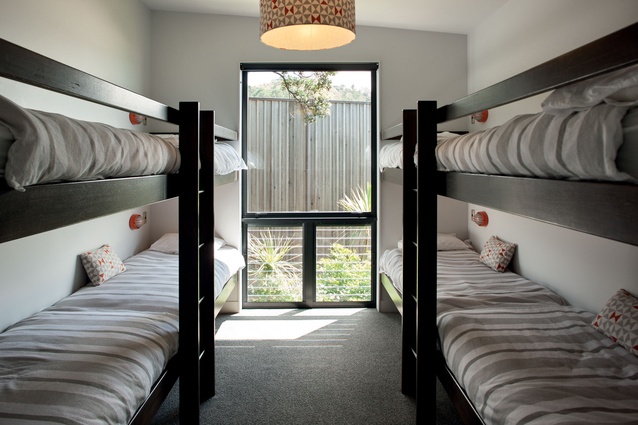Houses revisited: Hahei Beach house
Located right next to the ocean, this house continues a long-held family tradition with the Coromandel coast. First published in 2013.
To have a house right on the beach is a fantasy for many – a lifestyle of sun, surf and sky, and only a few steps from sand between your toes to the espresso machine and a comfy chair. Such opportunities are rare. At Hahei Beach on the Coromandel Peninsula there are only a handful of such sites and the McCoy + Heine Architects-designed Flexman house occupies one of them.
Owned by the same family for decades, the original bach was no longer suited to the growing family, who wanted to keep a legacy for future generations while continuing to build on a precious store of family memories.
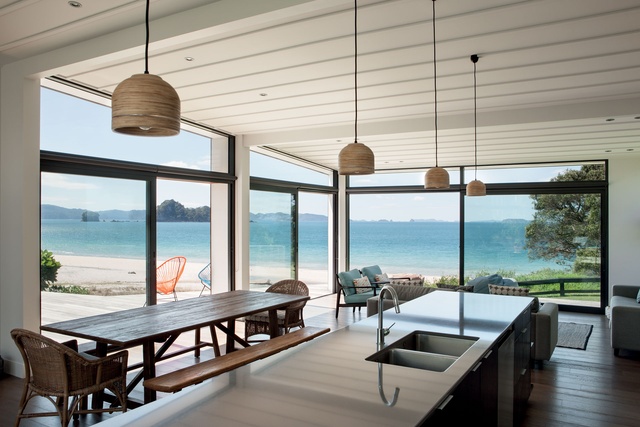
This presented the immediate difficulty of how to accommodate six adults and nine children holidaying together or a single family on a site bordered by neighbours on three sides and the public domain of the ocean as well. The house needed to be flexible without taking away from the magnificent view of the cove all the way to the horizon. It had to be easily shared between three families without everyone tripping over each other. It had to showcase the scenery without compromising privacy.
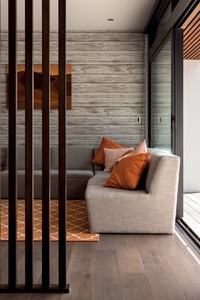
By designing the building as three distinct volumes of varying heights, communal living is balanced with private retreats, and the visual impact to the public and neighbours using the beach is minimised. By creating a visual rhythm of depths and recesses around decks, the house creates a kind of proscenium or stoa-like effect, further creating a feeling of separation from public and shared space without ignoring its existence – thus the aspect is maximised through a series of framed views while any potential fishbowl effect is minimised, façades softened, and shade provided.
Taking into account the wonderful summer weather of the Coromandel coast, architect Tim McCoy has designed a natural progression of indoor and outdoor spaces that follow the sun and views throughout the day and offer shelter from the sea breeze in the afternoon. Passive climate control keeps the building optimally comfortable with a ventilation core that allows the breeze to circulate from the centre of the house to the upper levels in conjunction with restricted opening floor level windows in the bedrooms for 24-hour temperature control.

Befitting a coastal holiday home, the house brings together a palette of neutral, natural and low maintenance materials intended to provide a light and airy environment. Very much a building of High Modernist aesthetic sensibilities and very fey PoMo trappings, this house is Mid-Century Modern meets twenty-first century Pacific living casual chic. It is an effortless classic that will hold onto style and good taste for generations to come.
Click here to see more Houses Revisited. And sign up to our email newsletters to receive Houses Revisited straight to your inbox.
Note: These are stories from our archives and, since the time of writing, some details may have changed including names, personnel of specific firms, registration status, etc.


